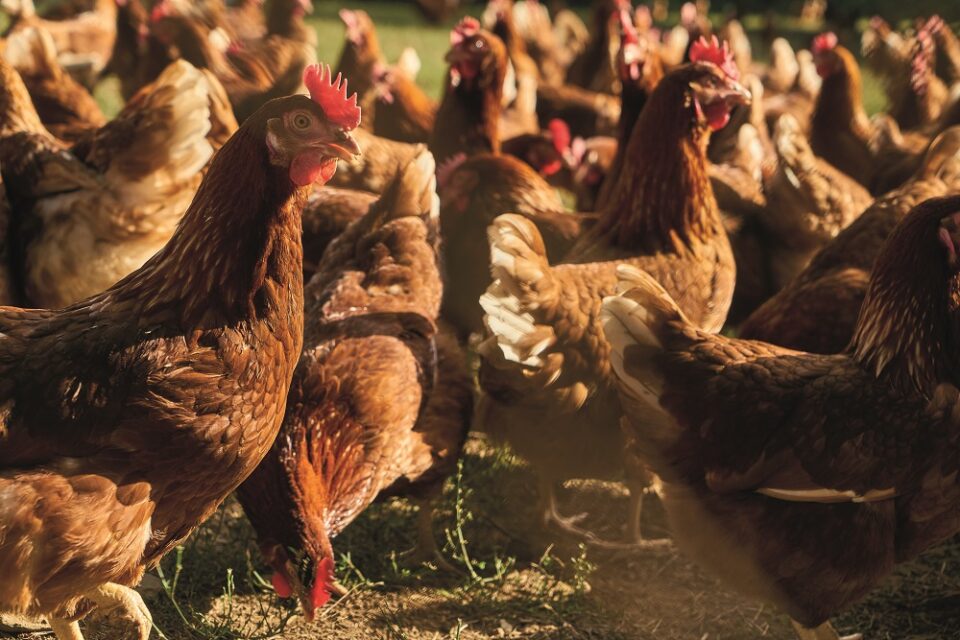A method of analysing bone density in hens could help poultry producers select the optimum birds with which to breed, to improve animal health and welfare.
Scientists at the Roslin Institute have developed a digital X-ray procedure that takes around 45 seconds to conduct, is practical for hens and poultry workers, and delivers reliable, reproducible results.
Their novel method enables breeders to consider bone density in their selection of laying hens, which are at risk of fractures from biological changes linked with laying eggs.
Recent advances in digital X-ray technology have enabled researchers to develop their technique to capture and interpret images relating to bone density.
Their method involves quickly capturing digital X-rays of live hens, from which their leg bone density can be calculated, and data digitally shared.
The procedure, which takes about 45 seconds, offers a fast, practical alternative to conventional imaging techniques such as Dual-energy X-ray Absorptiometry, Digitised Fluoroscopy and CT scans.
Strong bones offer improved health and reduced risk of fractures in birds that have freedom to move around their environment. The keel bone, or sternum, of hens is particularly prone to damage and previous research by the same team has shown that leg bone density is genetically related to that of the keel bone, and to fracture risk.
A practical way to measure bone density could also help reduce the number of animals needed for research into nutritional and management aids for bone health.
The study, published in British Poultry Science, was supported by the Foundation for Food & Agriculture Research.
“For many decades, poultry breeders have chosen which birds to breed according to a mix of many factors, but it has not been possible to account for bone quality in live hens, and a practical method of measuring bone quality in hens has been unavailable,” said Professor Ian Dunn, Personal Chair of Avian Biology, at the Roslin Institute. “Our method represents a major development to aid selection towards improving bone strength, and health and welfare, in laying hens.”



